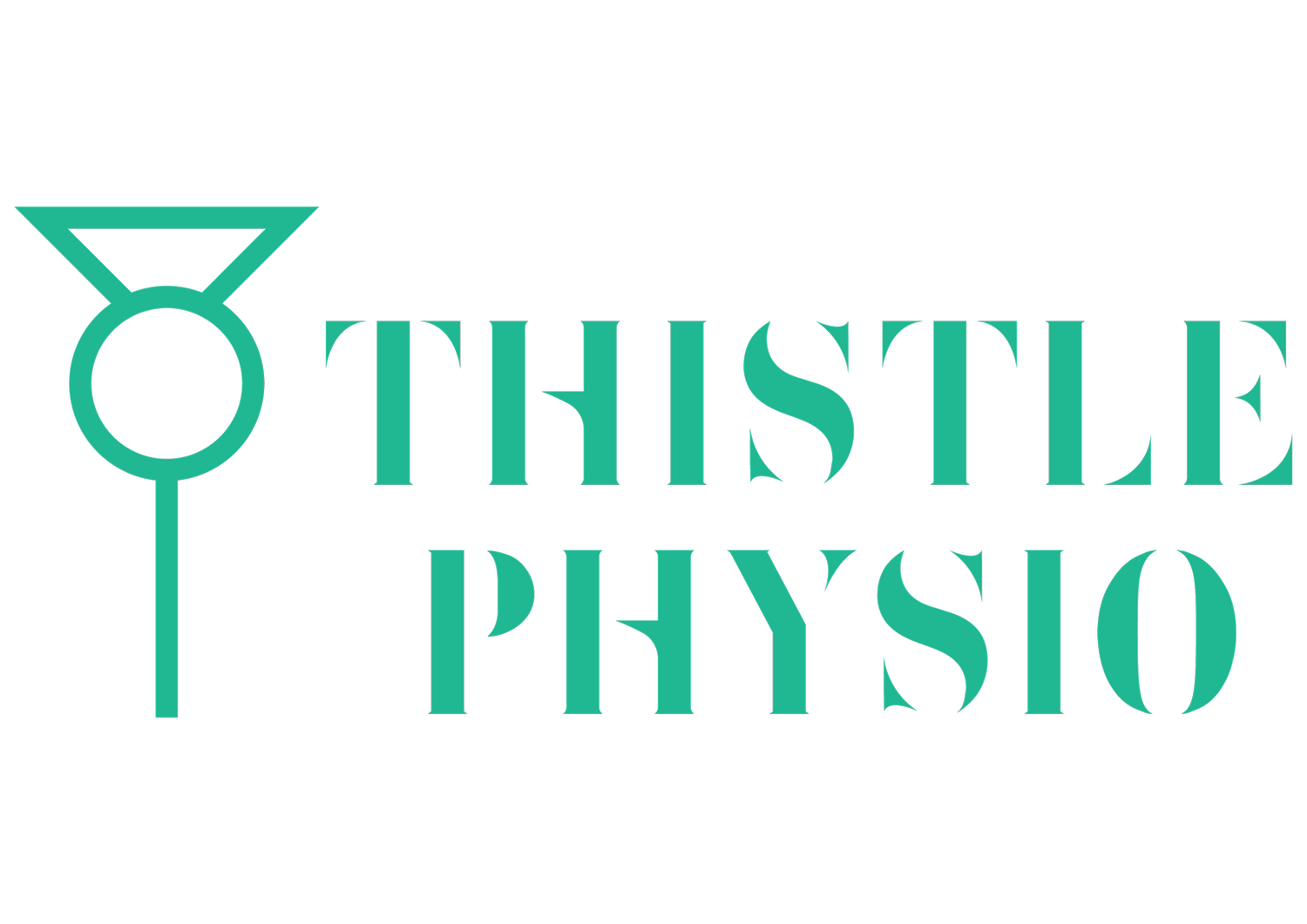New Year, New You? Oh No, I'm Injured!
Over the years, we've seen countless individuals enthusiastically embrace the "New Year, New You" mantra, only to find themselves sidelined by injuries due to an overly ambitious exercise regimen. It's a common scenario – people diving headfirst into intense workouts without considering the potential consequences for their bodies. In this blog post, we'll delve into the issues that arise when you start exercising too vigorously and explore some effective rehabilitation strategies.
The Pitfalls of Overzealous Exercise
1. Ignoring warning signs:
One of the primary reasons for exercise-related injuries is ignoring the body's warning signs. Overeager fitness enthusiasts often dismiss initial discomfort or pain, assuming it will subside with time. Unfortunately, doing so can lead to more severe injuries and prolonged recovery periods. The key lesson here is to always listen to your body.
2. Inadequate warm-up and cool down:
Rushing through warm-ups and neglecting cool-downs is a recipe for disaster. Properly preparing and recovering your muscles is crucial in preventing strains and injuries. Whilst it’s tempting to call it a day after a tiring session, skipping these essential steps can result in muscle imbalances, decreased flexibility, and increased vulnerability to injury.
3. Too much, too soon:
This is particularly the case if you’ve not done regular exercise for some time (or at all in some cases!). The body needs time to gradually adapt, so taking things slow and steady with gradual increments over time is key. Fitness ambitions are commendable, but attempting to conquer advanced exercises or lifting heavier weights without building a solid foundation can lead to injuries. Gradual progression then is crucial if you want to avoid strains and overuse injuries.
Common injuries and strains
1. Sprains and strains:
Overexertion and improper technique can lead to ligament or muscle sprains and strains. These injuries often occur in the ankles, knees, and shoulders.
2. Stress fractures:
Our bones need time to adapt to increased stress from exercise. Pushing too hard, too fast can lead to stress fractures, particularly in weight-bearing bones like the shins or feet.
3. Tendinopathy:
Repetitive movements without adequate rest can result in tendons overloading, leading to conditions like tendinopathy. This is commonly seen in the shoulders, elbows, knees and achilles.
Rehabilitation strategies
1. Consult a physiotherapist:
If you find yourself sidelined by an injury, don’t just leave it be. Seek professional advice. A physiotherapist can assess the extent of the injury, identify contributing factors, and tailor a rehabilitation plan to your specific needs.
2. Rest and recovery:
Give your body the time it needs to heal. Relative rest is a fundamental component of the recovery process. Ignoring this can exacerbate injuries and prolong the time needed for rehabilitation. Here at Thistle Physio, we can advise ways to optimise your fitness and minimise further deconditioning during this time.
3. Gradual return to exercise:
When you get green light from your physiotherapist to return to exercise, ease back into your fitness routine gradually. Focus on low-impact exercises and progressively increase intensity to prevent re-injury.
4. Strength and flexibility training:
Cross training is vital in order to remain injury free. Incorporate strength and flexibility exercises into your rehabilitation plan. This not only helps in recovery but also reduces the risk of future injuries. Doing too much too soon will just re-start the cycle.
5. Listen to your body:
Pay close attention to your body's signals. If you experience pain or discomfort, modify your activities accordingly. Pushing through pain can lead to setbacks in your recovery.
In conclusion, the "New Year, New You" journey is an admirable pursuit and something many of us feel we need after too much festive indulgence. But it's essential to approach it with caution and have respect for your body's limitations. You need to prioritise smart, gradual progression over immediate and intense changes. In the event of injury, swift and appropriate rehabilitation is key to getting back on track safely. Remember, a successful fitness journey is not just about the destination; it's about the sustainable and injury-free path you take to get there.
If you want advice on how you can return to fitness then, please, get in touch.
